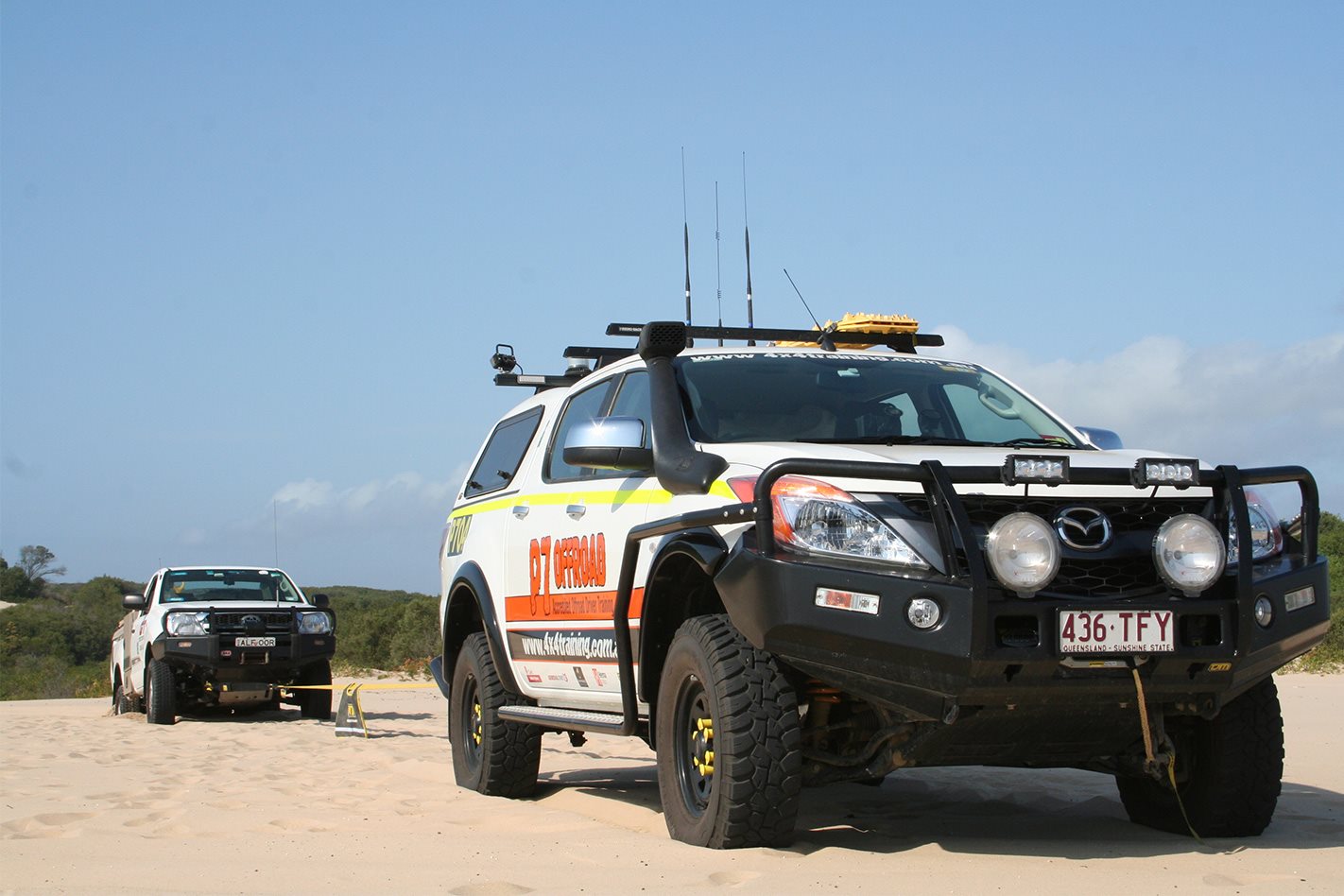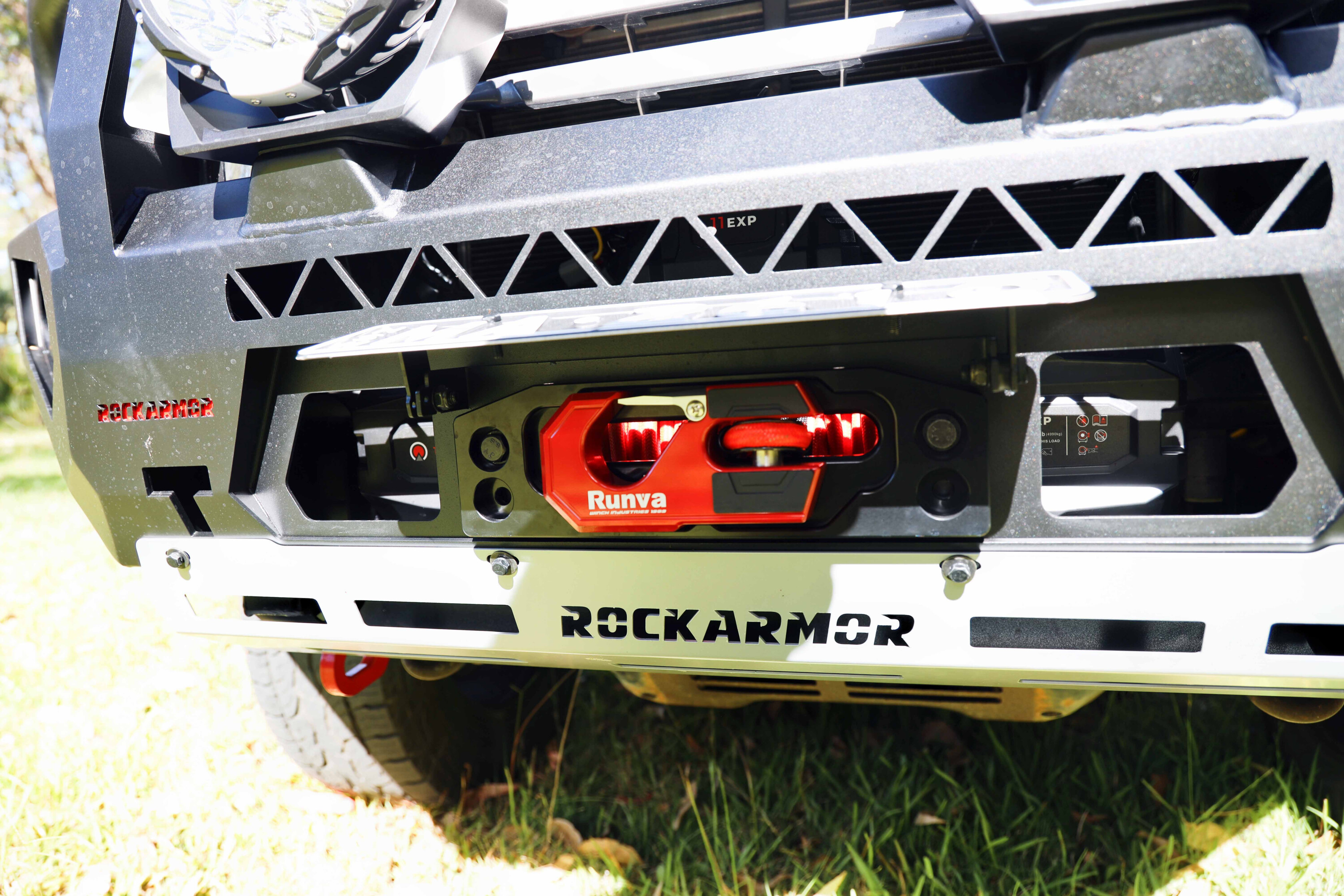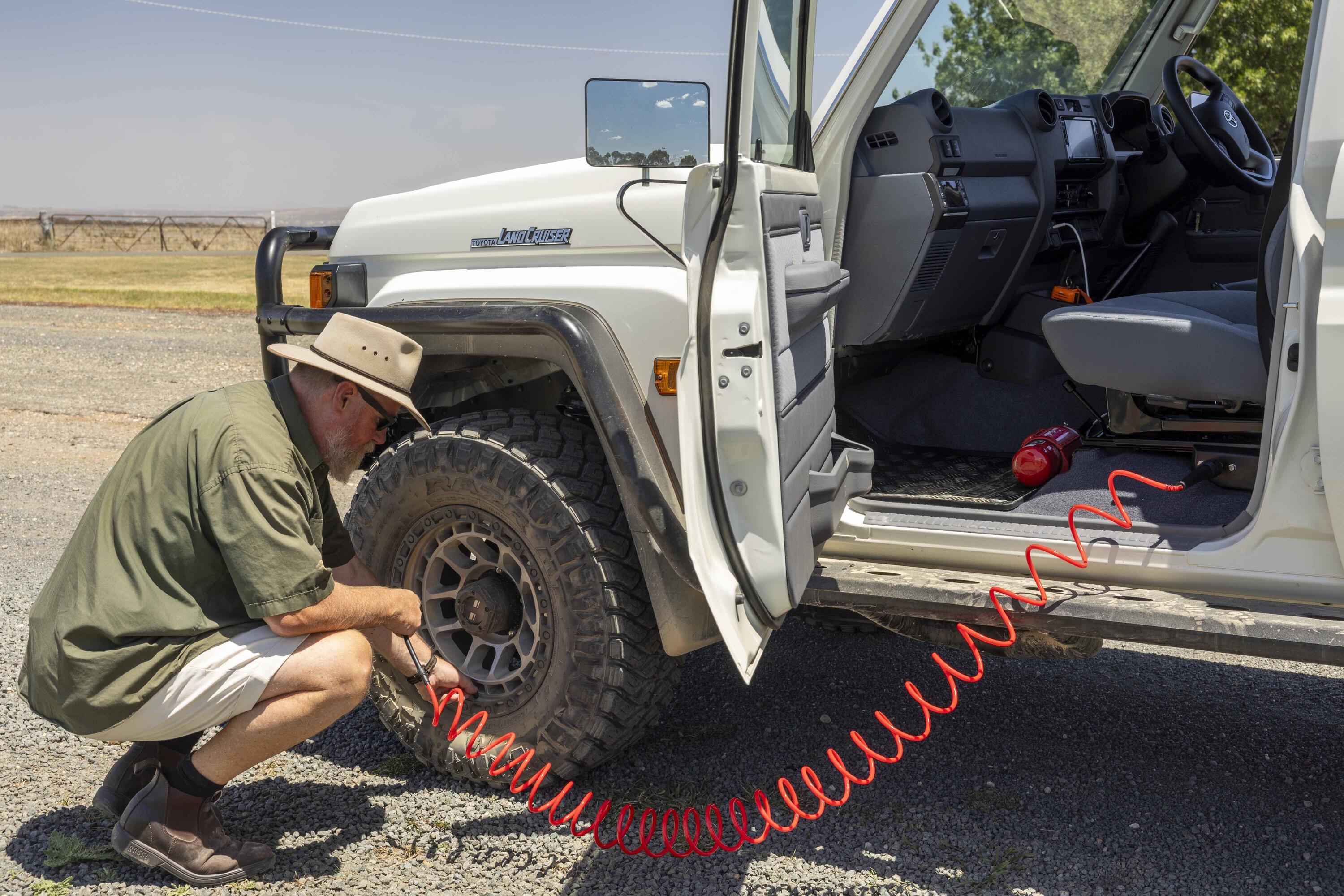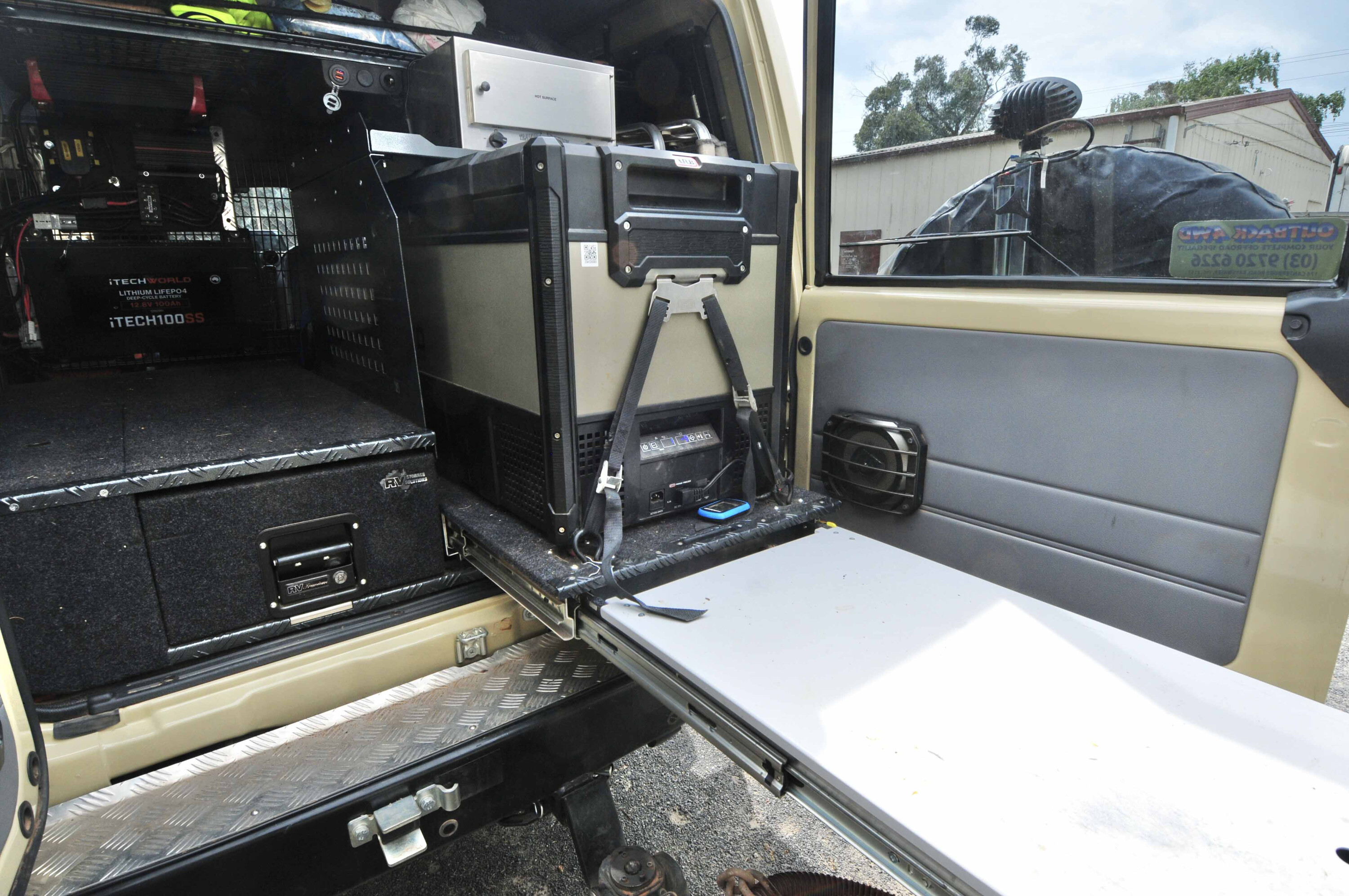No matter how good your vehicle, experience or training is, chances are you will eventually become stuck when driving off road.
Soft sand is probably the most common cause, closely followed by mud. If tyre pressure adjustment, shoveling or using recovery boards (such as MaxTrax) don’t help, a snatch strap is the next step. The snatch strap operates by absorbing and releasing energy in a controlled manner, so it’s a quick and easy way to get out of trouble when you’re stuck in the mud – or sand. However, snatching is also incredibly dangerous and has proven to be fatal.
The force generated whilst snatching can overwhelm hardware on the vehicle (e.g. inadequate attachment points or rusty bolts) and has caused several snatch strap fatalities and injuries. Consider this a warning and heed the advice of those more experienced.
The snatch strap should be matched to the situation. Its rating must be around two to three times the GVM (Gross Vehicle Mass) of the lightest vehicle in the recovery.
For a typical dual-cab or mid-sized wagon (weighing around 2750kg GVM), use an 8000kg strap – 8000kg is within the range of 5500 and 8250kg. A strap that is too light will over-extend and may break, and a heavier strap will not stretch adequately and will shock-load the vehicle resulting in possible damage to both cars.
In front of and behind both vehicles are danger zones, so all passengers and bystanders must be one and half times the length of the strap (in other words at least three car lengths) away from the vehicle to the sides.
Shackles are usually required and always use, as a minimum, 3.5-tonne working load shackles. Position the strap through the shackles’ ring and insert pins through the recovery points.
If either vehicle has two recovery points, spread the load with a bridle strap – it’s safer. Make sure all shackle pins are backed-off a quarter-turn from tight to prevent thread-bind.
Rig the stricken vehicle first, then bring the recovering vehicle as close to in-line as possible. If more reach is required, use a winch extension strap (or two) with the snatch strap. Never use a second snatch strap.
Ensure the strap is not twisted and lay-out a one metre wide ‘Z’ on the ground, where the stricken vehicle’s driver can see it, so the tow vehicle can gain speed before the snatch comes into play.
Communication is critical and radios are the best method. The stricken vehicle should be in a gear higher (e.g. 3rd Low) than the recovering vehicle (e.g. 2nd Low) to reduce drag when its tyres find traction.
Once the stricken vehicle is on firm ground (or for any critical situation that may occur) its driver should sound the horn to stop the recovery, rather than the radio. You’re less likely to miss a horn blast over loud revving engines.
After use, clean your strap by gently hosing with fresh water before drying. Don’t use a pressure washer as it can embed grit.
Replace your strap if it’s damaged by nicks or cuts – or after 20 uses. It may even be used just once but it’s $80 well spent.
Six rules for safe snatching
1. NEVER use a tow ball to snatch (or flat-tow) a vehicle. It can create a 350km/h cannon ball that will pierce windscreens and panels with potentially deadly consequences.
2. Do not mistake your vehicle’s tie-down loops for its properly rated recovery points. Ensure you know BEFORE you venture off road; ask a pro shop if necessary.
3. ALWAYS ensure everybody except the driver is out of the vehicle and safely to the side of the vehicles. This includes sleeping babies, cranky wives/husbands and teenage kids with headphones on. No ifs, buts or exceptions.
4. Older vehicles, especially those used near the coast, may have rusty towing hardware or bolts. CHECK before hitching the strap and substitute another vehicle if there is evidence of corrosion.
5. ALWAYS use a firmly-applied dampener on the strap. If there is no purpose-made one available to use, substitute a blanket (or something similar) as an air-brake in case of failure.
6. A one metre wide ‘Z’ shaped run-up is all that is required. If the first tug doesn’t work, re-set and repeat with a little more throttle and effort from the tow vehicle. Do NOT use a bigger run-up.
For more information and tips on Gear, check out our page here.





